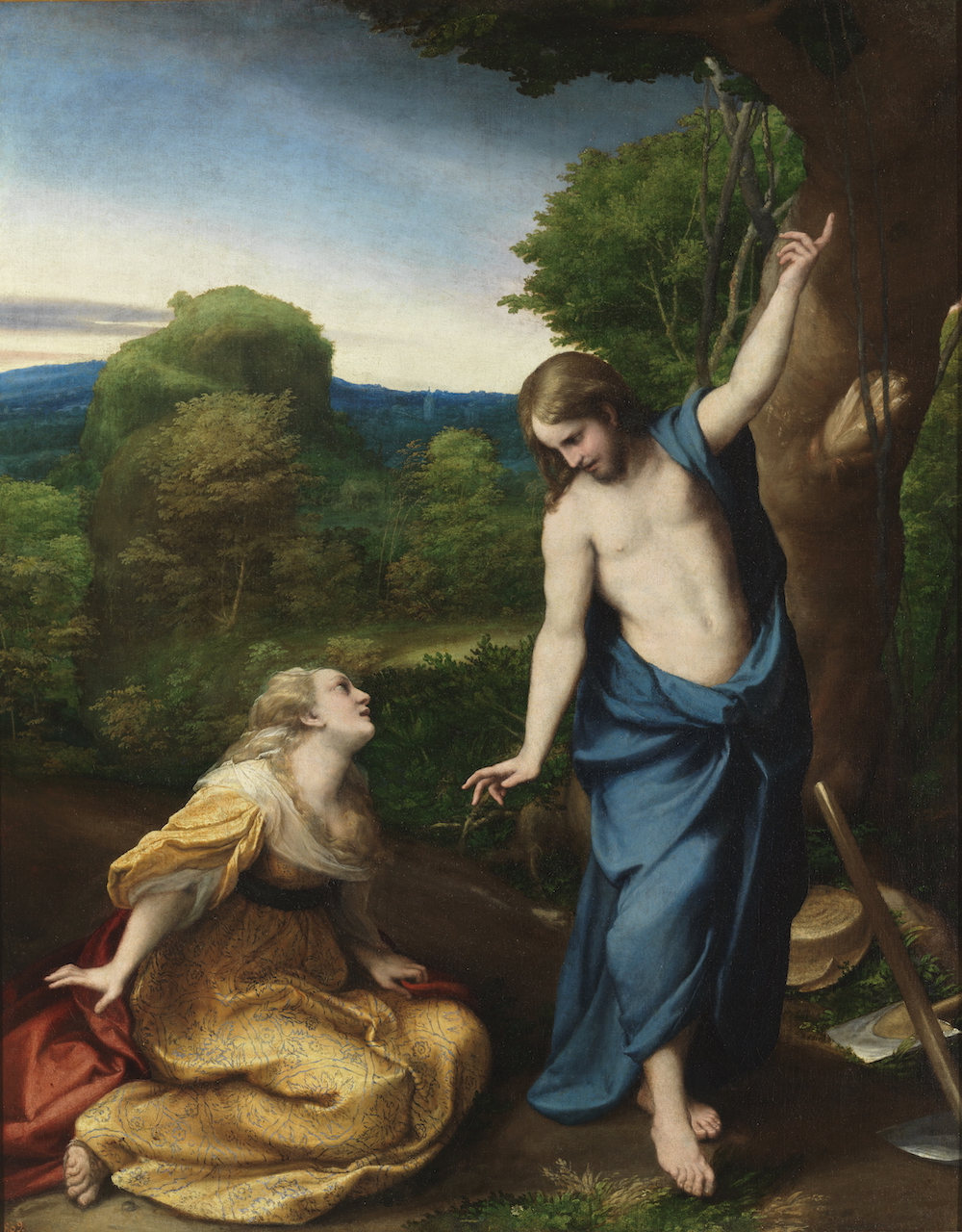Celebrating St Mary Magdalene truly and evangelically can be frustratingly difficult, because throughout the centuries she has been maligned in the Western Church: first by her unfounded association with an unnamed woman in Luke who had committed unnamed sins; then those unnamed sins were, equally unfoundedly, taken to be the supposed sin of prostitution.
Thus she has acquired an entirely undeserved reputation as merely a reformed sex worker, a status which has tended to far outshine her actual, monumental significance to the entire gospel story. Attempts at rehabilitation of her image have largely fallen on deaf ears and in popular Christianity the idea of her remains as sordid and misogynistic as ever. More recently, her legend has been further sullied by modern conspiracy theories concerning her relationship with Christ and the other apostles of the Early Church — all just as much without basis in any canonical or non-canonical writings about her.
Ironically, though, it is in part because of this malignment that she is probably the most suitable to be held up as the Bible’s feminist hero. For if St Mary Magdalene were more widely considered a true apostle, she would undoubtedly be considered among the first: as the apostolorum apostola who first saw Christ risen and first proclaimed his resurrection to the unbelieving disciples, who had gone home without understanding the scripture that he must have been raised; as witness to Christ’s crucifixion while the disciples remained cowardly in their own homes; and as one who, unlike other people whom Jesus healed, after he had cast seven demons out of her, continued to become one of his close followers for the rest of his earthly life (and, we may safely assume, after his ascension).
These were true acts of bravery and faith. The witnesses to the crucifixion remained at the cross despite being at risk of arrest themselves for being followers of Christ. By walking around in the graveyard outside Jerusalem in the early morning as a woman, or group of women, she put her own life in danger for the sake of anointing her teacher and master — and for this bravery and faith she was rewarded with the joyful news of his resurrection.
Yet, surely because of her femininity as much as anything else, this heroism has been cast aside in popular perception and replaced by baseless speculation concerning her sex life. Her name, and the example of her entirely invented background, were used for centuries to enslave women who had failed to live up to a hypocritical, submissive ideal of femininity to which St Mary herself most certainly did not conform.
Isn’t it a perfect feminist story? A woman who arguably exceeds the men around her; yet was ignored and remembered for something saucier, doubtless to the merriment of two-faced mediaeval monks who were themselves more than happy to hire sex workers for themselves. The missals even ignored the resurrection and appointed the gospel story of the sinful woman anointing Christ’s feet to her feast day; to this day that remains the gospel reading at the Extraordinary Form of the Roman Mass.
Celebrating St Mary Magdalene as a feminist figure is therefore warranted not only by the scriptural story of her, but also by the necessity to fully rehabilitate her memory after its mistreatment by generations of Western Christians. Her feast day is not only a miniature repetition of Easter in July, but an opportunity to celebrate the rôle of all the women in the Church who have carried the message of Christ throughout the world to unbelieving ears. Perhaps, in fact, her status as the patron saint of penitents ought to be changed to the patron saint of ignored women.
Today, therefore, however you like to celebrate the lives of saints, I ask you also to pray for — or indeed ask her intercession for — all the women of the world. Let us pray not only for female missionaries and evangelists, but also especially for women who hold the faith in places where Christians are persecuted, or who undertake dangerous journeys and work for the sake of the gospel; and let’s express before God our hope that both they and we may follow her example and valiently live Christian lives in the face of all danger and doubt. Amen.

Mary stood outside the tomb weeping. And as she wept, she peered into the tomb, and saw two angels in white sitting there, one at the head, and one at the feet, where the body of Jesus had lain. They asked her, ‘Why are you weeping?’ She answered, ‘They have taken my Lord away, and I do not know where they have laid him.’ With these words she turned round and saw Jesus standing there, but she did not recognize him. Jesus asked her, ‘Why are you weeping? Who are you looking for?’ Thinking it was the gardener, she said, ‘If it is you, sir, who removed him, tell me where you have laid him, and I will take him away.’ Jesus said, ‘Mary!’ She turned and said to him, ‘Rabbuni!’ (which is Hebrew for ‘Teacher’). ‘Do not cling to me,’ said Jesus, ‘for I have not yet ascended to the Father. But go to my brothers, and tell them that I am ascending to my Father and your Father, to my God and your God.’ Mary of Magdala went to tell the disciples. ‘I have seen the Lord!’ she said, and gave them his message. (John 20:11–18, REB)